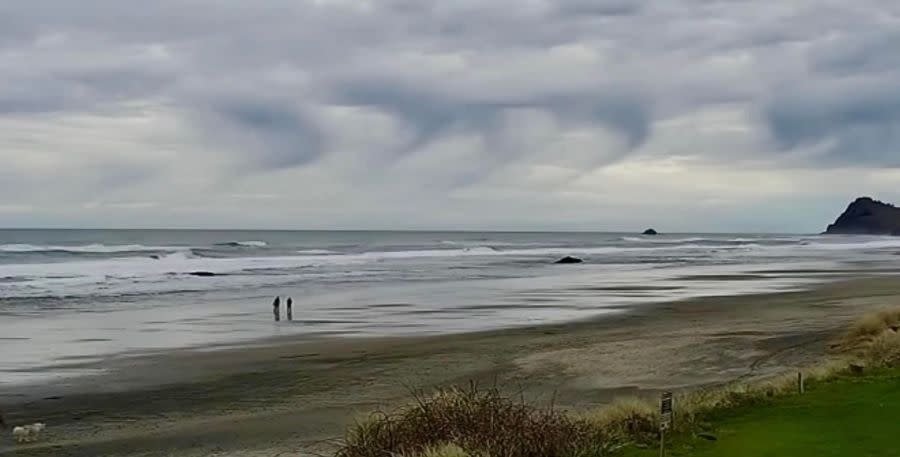What is virga? It just happened at the Oregon coast
Story at a glance
Wispy finger-like clouds slowly pushed onshore Saturday evening near Lincoln City, Oregon.
This weather phenomenon is known as “virga,” or as the National Weather Service describes it, “a ghostly precipitation that never makes it to the ground.”
There are no real impacts associated with virga other than visually exciting clouds and sometimes colder air under the virga.
LINCOLN CITY, Ore. (KOIN) – Wispy finger-like clouds slowly pushed onshore Saturday evening near Lincoln City, Oregon.
This weather phenomenon is known as “virga,” or as the National Weather Service describes it, “a ghostly precipitation that never makes it to the ground.”
A thin layer of dry air sometimes finds its way near the surface. Rain falls from low-hanging clouds, but as the precipitation falls into that layer of dry air, it evaporates.
These towns were named among 20 Most Beautiful Small Towns in US
Rain or any form of precipitation can be seen from a distance, a sight usually known as a “precipitation shaft.” Virga is only half of the precipitation shaft because the other half is lost to evaporation.

There are no real impacts associated with virga other than visually exciting clouds and sometimes colder air under the virga. The newly evaporated moisture cools and sinks beneath the cloud, sometimes dropping the temperature briefly in an isolated area.
According to Nexstar station KXAN, virga, derived from Latin and meaning “branch” or “twig,” possibly because of how it looks as it falls from the sky, can look very pretty as it falls and can be even more dramatic at sunrise or sunset.
For the latest news, weather, sports, and streaming video, head to The Hill.

